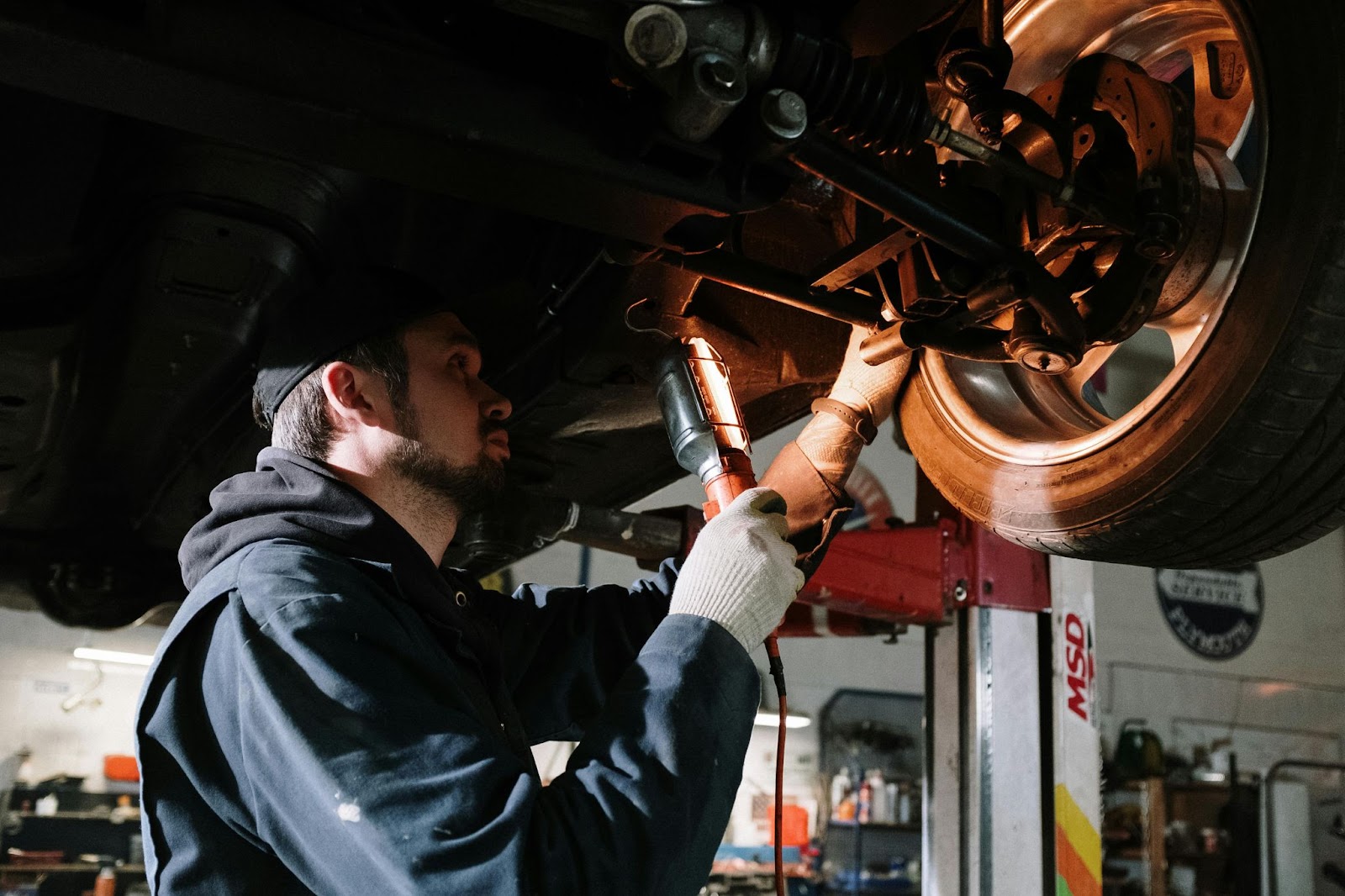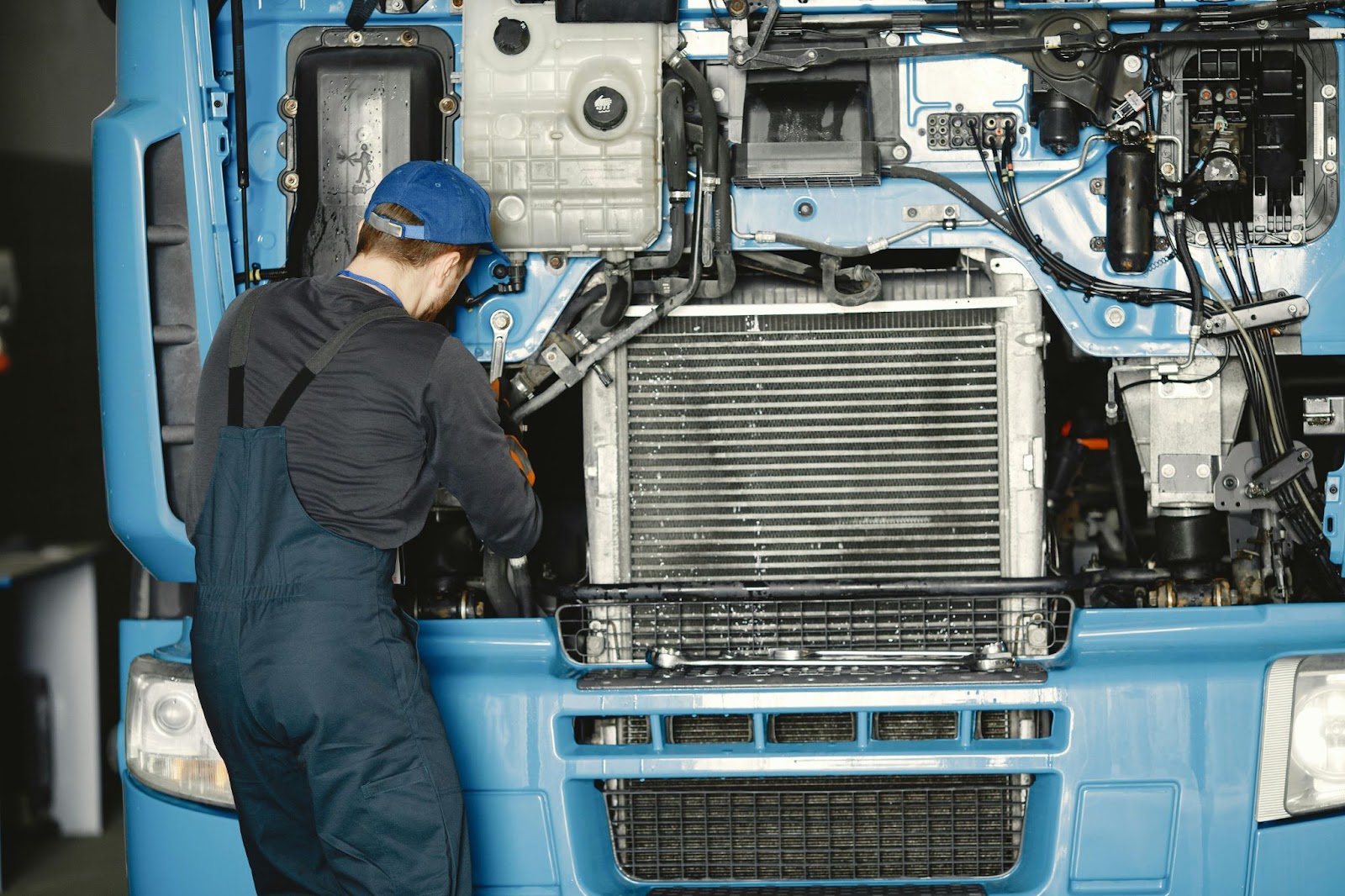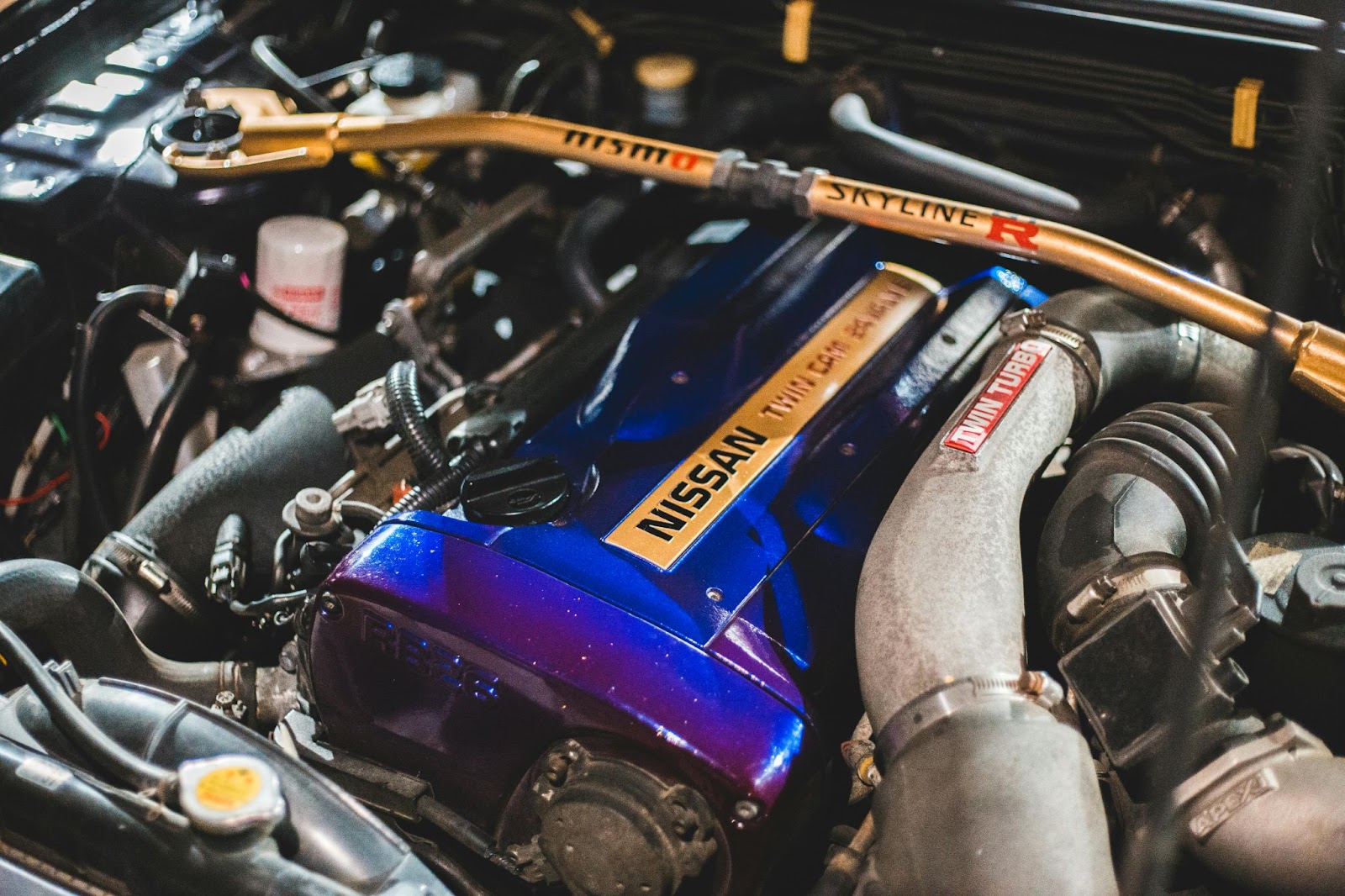 Properly Adding Coolant to Radiator or Reservoir for Engine Safety
Properly Adding Coolant to Radiator or Reservoir for Engine Safety
Do You Add Coolant to Radiator or Reservoir
Coolant, also known as antifreeze, plays a critical role in the proper functioning of a vehicle’s cooling system. It serves multiple purposes, including regulating the temperature of the engine, preventing it from overheating, and protecting the system from corrosion and freezing in cold temperatures.
Do You Add Coolant to Radiator or Reservoir? The coolant system in a vehicle comprises several key components that work together to maintain the engine’s temperature within optimal levels. These components include the radiator, water pump, thermostat, hoses, and reservoir. The radiator helps dissipate heat from the coolant, while the water pump circulates the coolant through the system. The thermostat regulates the coolant flow, and the hoses ensure the coolant reaches all parts of the engine. The reservoir acts as a storage space for excess coolant and allows for expansion and contraction as the engine heats up and cools down.
 Adding Coolant: Radiator vs. Reservoir
Adding Coolant: Radiator vs. Reservoir
Adding coolant directly to the radiator is necessary when the coolant level in the radiator is low. The radiator is a key component of the vehicle’s cooling system and requires a sufficient amount of coolant to function effectively. It’s essential to add coolant to the radiator when performing maintenance tasks or if the coolant level is below the recommended level indicated on the radiator.
The reservoir, also known as the overflow tank, serves as a secondary location for storing excess coolant. It’s advisable to add coolant to the reservoir when the coolant level in the radiator is already at the proper level. The reservoir allows for expansion and contraction of the coolant as the engine heats up and cools down, helping maintain a consistent coolant level in the radiator. Regularly checking the coolant levels in both the radiator and the reservoir is crucial for a well-functioning cooling system.
 Step-by-Step Guide to Adding Coolant
Step-by-Step Guide to Adding Coolant
Do You Add Coolant to Radiator or Reservoir? To ensure the proper functioning of a vehicle’s cooling system, checking the coolant levels is crucial. Regular inspection of the radiator and reservoir will indicate whether coolant needs to be added. It’s essential to verify the levels when the engine is cool to prevent any burns or injuries.
Adding coolant to your vehicle can be done safely by following these steps:
- Prepare the Coolant: Ensure you have the correct type of coolant recommended for your vehicle.
- Locate the Radiator and Reservoir: Identify the radiator and reservoir in your vehicle. The radiator is usually at the front of the engine compartment, while the reservoir is a separate container nearby.
- Check Coolant Levels: Verify which part of the cooling system requires additional coolant. If the radiator is low, coolant should be added directly to it.
- Open the Radiator Cap: If you are adding coolant to the radiator, remember to open the radiator cap carefully after the engine has cooled down.
- Fill the Radiator or Reservoir: Slowly add the coolant to the radiator or reservoir, ensuring not to overfill.
- Securely Close the Caps: After adding the coolant, securely close the radiator cap and reservoir lid to prevent any leaks.
- Run the Engine: Start the engine and allow it to run for a few minutes to circulate the coolant properly.
- Check for Leaks: After adding coolant, check for any leaks around the radiator or reservoir to ensure everything is properly sealed.
Understanding the complexities of a vehicle’s coolant system is crucial for preventing engine overheating and damage. Do You Add Coolant to Radiator or Reservoir? Coolant plays a vital role in regulating engine temperature and safeguarding against corrosion and freezing. The radiator, water pump, thermostat, hoses, and reservoir all work in harmony to maintain optimal engine temperature. Proper knowledge of these components is key to adding coolant correctly. By following the step-by-step guide provided in this article and adhering to safety tips and best practices, one can ensure the cooling system operates at its best.